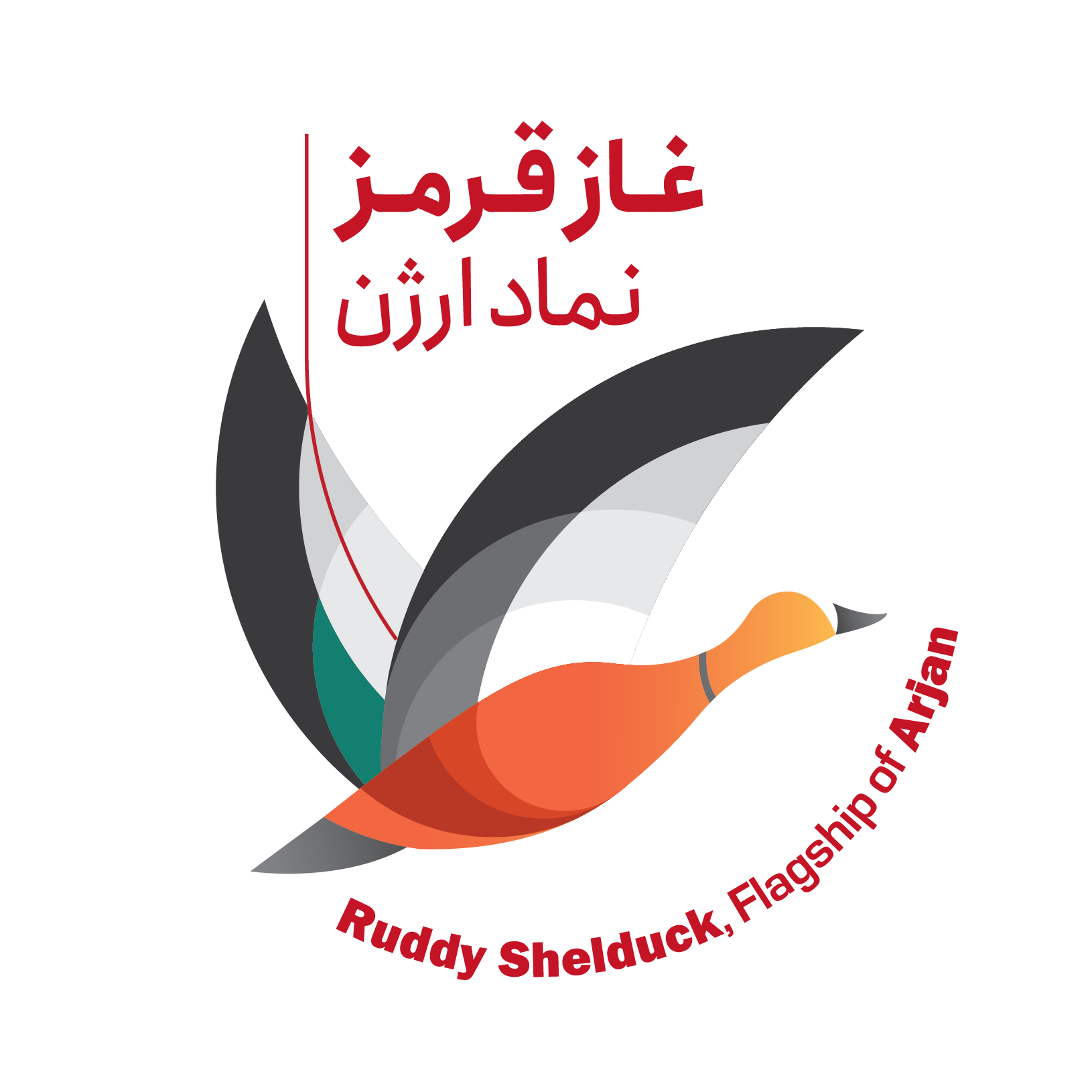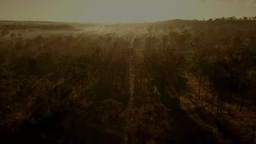How a Duck Saved a Wetland: The Ruddy Shelduck as a Flagship for Conservation

Related Content

 AvayeBoom Bird Conservation Society
AvayeBoom Bird Conservation Society
– AvayeBoom Bird Conservation Society
Together to conserve birds on their habitats in Iran
Wetlands are among the most biodiverse and vital ecosystems on Earth, yet they are also some of the most threatened. In southern Iran, the Arjan International Wetland faced mounting challenges, from habitat degradation to declining waterbird populations. But an innovative conservation approach—choosing a flagship species—has begun to turn the tide. This is the story of how the Ruddy Shelduck (Tadorna ferruginea) became the face of a wetland’s revival.
The idea behind a flagship species is simple yet powerful: select one species to represent the broader ecosystem. By focusing conservation efforts around this species, you not only protect its habitat but also inspire local communities to act. The AvayeBoom Bird Conservation Society applied this strategy to the Arjan Wetland, aiming to conserve both its waterbirds and the wetland itself.
Choosing the right flagship species is crucial. For Arjan, three candidates were shortlisted: the Common Crane (Grus grus), Eurasian Coot (Fulica atra), and Ruddy Shelduck (Tadorna ferruginea). To make the decision, AvayeBoom evaluated these species using ten criteria:
- Cultural significance: Does the species hold meaning for local communities?
- Recognizability: Is it easy for people to identify and connect with the species?
- Charisma: Does it evoke positive feelings?
- Ecological role: How important is it to the ecosystem’s health?
- Conservation need: Can it symbolize broader environmental threats?
- Local knowledge: Are communities familiar with the species and its behavior?
- Aesthetic appeal: Does the species visually stand out?
- Habitat representativeness: Can it represent the wetland’s ecological diversity?
- Feasibility of conservation actions: Are efforts to protect the species practical and sustainable?
- Potential to inspire: Does the species motivate action and advocacy?
Data from literature reviews and community surveys showed that the Ruddy Shelduck was the clear winner. Locally recognized, culturally significant, and ecologically important, it was the ideal ambassador for the wetland.
With the Ruddy Shelduck as the flagship, the team at AvayeBoom launched a multi-faceted conservation campaign. They worked closely with local residents and nomads to ensure their voices were part of the strategy. Educational workshops, interviews, and creative campaigns featuring the Ruddy Shelduck as a symbol of pride helped deepen connections between the community and the wetland. Programs in schools equipped the younger generation to become future stewards of their natural heritage, while birdwatching tourism provided economic benefits tied to preserving the ecosystem.
While it is still early, the results have been promising. Awareness among local communities about the wetland and its species has increased. The Ruddy Shelduck has become a powerful cultural and ecological icon, and economic opportunities through birdwatching tourism are helping to sustain the momentum. AvayeBoom continues to monitor the wetland and its wildlife to ensure these gains endure.
The success of this strategy in Arjan Wetland demonstrates its potential as a model for other ecosystems. By selecting a flagship species, conservationists can unite efforts to protect both species and habitats while engaging communities in meaningful ways. AvayeBoom’s experience suggests this approach could work for other wetlands and waterbirds around the world.
For more details on the methodology and findings, you can read the full study on ResearchGate. You can also visit the webpage of the project.
This is not just the story of a duck—it is the story of how a wetland and its people came together for a brighter future.



Please sign in or register for FREE
If you are a registered user on WildHub, please sign in
Such an inspiring post, thank you for sharing Iman!
Perhaps this is also of interest to you (e.g. for a lessons learned interview) @Gaia Piccaluga and @Yanna Vogiazou
Best wishes for 2025 all!
Thank you for sharing. I think there is a lot that could be said about flagship species. I am excited to see the difference that the shelduck has made.